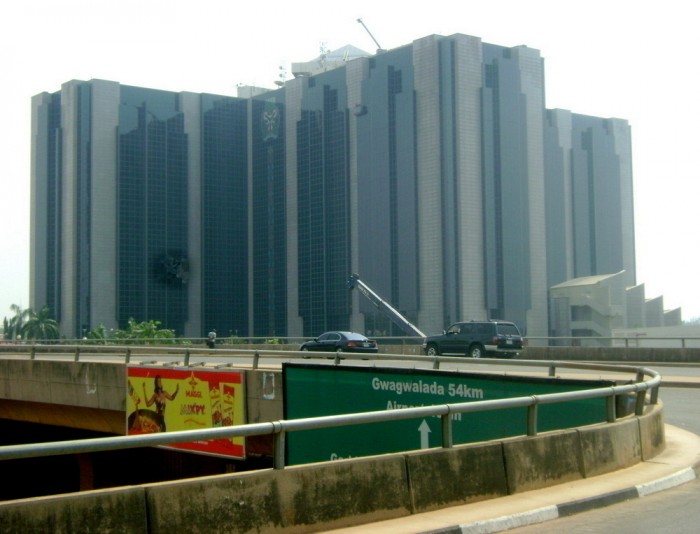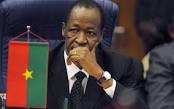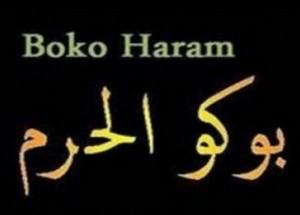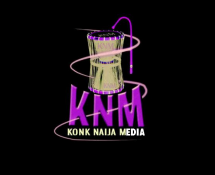CBN retains 12 per cent lending rate, worried about corruption
konknaijagirl | On 20, Mar 2013
Central Bank of Nigeria (CBN) on Tuesday retained its tight monetary stance and left rates unchanged for the umpteenth time.
Both the Monetary Policy Rate (MPR); the Cash Reserve Requirement (CRR) and the Liquidity Ratio were all retained at 12 per cent, 12 per cent and 30 per cent respectively. The MPR is the rate at which the CBN lends money to money deposit banks. This drives the rate at which the banks fix their interest rate to customers; the cash reserve requirement is the minimum capital expected of banks to keep with the apex bank as reserves while the Liquidity Ratio is the minimum amount physical cash banks are expected to have every given time to meet their customers’ demand.
These rates determine to a large extent the amount of funds available to banks and influences lending in the country.
Briefing newsmen at the end of the Monetary Policy Committee (MPC) where the decisions were reached, the apex bank governor, Mallam Sanusi Lamido Sanusi, explained that the need to sustain the gains of monetary policy while utilising the existing space in the corridor to influence yields and exchange rates in the short term informed the MPC to leave the rates unchanged.
He, however, expressed concern over certain risk factors such as increased level of corruption perception and impunity in the country and advised the Federal Government to check the trend as it was capable of decelerating growth in Nigeria.
Sanusi said: “The committee was concerned that the declining contribution of the oil sector to growth, which became apparent in the second half of 2011, continued in Q4 2012. Crude oil production, including condensates and natural gas liquids, decreased by 37,000 barrels per day (bpd) in February 2013 to 2.035m bpd compared with the level of 2.072m bpd attained in December 2012. Oil theft in the Niger Delta remained a source of concern. The committee was also concerned that the decline in the growth rate of agricultural output, which started in the 4th quarter of 2011, continued up to the end of 2012.
“The committee was of the view that although the GDP growth projection remained high, there were a number of risk factors that were likely to affect output performance. These include perception of increased levels of corruption and impunity in the country, insecurity particularly in the northern part of the country, as well as mixed signals from power and petroleum sector reforms.
“The committee was pleased with the prevailing macroeconomic stability despite shocks from both external and domestic environments; a development which informed the tightening stance of monetary policy since the third quarter of 2010.
Having achieved a reasonable degree of moderation in the rate of inflation, there were compelling arguments to consider easing monetary policy, at least from the perspective of stimulating growth in the real sector. Given the slowdown in overall GDP and agricultural GDP growth, inability of the SMEs to borrow at the current lending rates, and crowding out effects that may require monetary easing. The committee carefully weighed the option of relaxing monetary policy against the likely risks in the near-to-medium term.
“It noted that reversing the current stance of monetary policy was not likely to produce a neutral outcome, as it may signal the preference for a higher inflation rate on the part of the CBN.”
According to the CBN governor, the committee also noted the wide spread between deposits and lending rates, which it attributed to the inefficiencies in the market requiring institutional and structural reforms that would enforce behavioural change on the market, consistent with the long term needs of the economy.
He also said the committee was of the view that sustainable low lending rates could be achieved if the necessary infrastructure such as stable power and good roads, among others, were put in place.
He added that the present infrastructural condition has always provided an incentive for asymmetric response on the part of the banks to the policy rate in a manner that was not always beneficial to the small and medium customers.
“With respect to the price level, the committee observed that the rising pressure in February after a significant moderation in January was indicative of the fact that there were some underlying factors that could constitute a threat to inflation in the medium term”.
He spoke further: “The committee noted the 2013 Federal Government Budget of N4.9 trillion, passed by the National Assembly and signed into law by the President, which represents an increase of about five per cent. Furthermore, the budget, predicated on an oil benchmark price of US$79/barrel as against US$75/barrel, proposed by the Executive, potentially slows down the pace of fiscal consolidation with implications for accretion to the Excess Crude Account and gross external reserves.
“In addition, the committee observed that the foreign exchange market has started experiencing pressure in March 2013; mainly reflecting compression of yields in the fixed income market, as well as outflows to pay dividends by multinational corporations. However, the Committee noted that the exchange rate has remained within the target range and also that the current monetary conditions are conducive to further tightening using Open Market Operations without recourse to an increase in the MPR.
“In view of these developments, the Committee was faced with three options:
An increase in rates in response to the up tick in headline and food inflation; and pressure on exchange rates; a reduction in rates in view of declining core inflation and GDP growth; Retaining current monetary policy stance to sustain the gains of monetary policy while utilising the existing space in the corridor to influence yields and exchange rates in the short term.
“The committee considered and rejected option 1 as being unnecessary since there are no major inflationary concerns at this time. While acknowledging the merit of the arguments in favour of option 2, it was also rejected by the majority because it could send wrong signals of a premature termination of an appropriately tight monetary stance.
“The committee, therefore, decided by a majority vote of 9:3 to accept option 3 and maintain the current policy stance i.e. to retain the MPR at 12 per cent with a corridor of +/- 200 basis points around the midpoint; retain the Cash Reserve Requirement at 12 per cent and Liquidity Ratio at 30 per cent with the Net Open Position at 1 per cent”, Sanusi revealed.”















